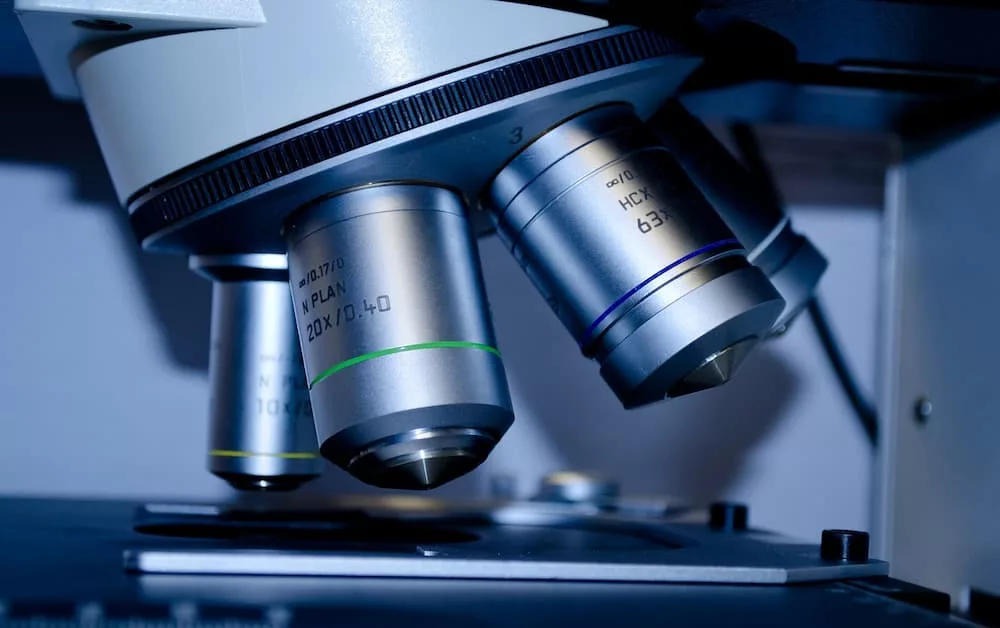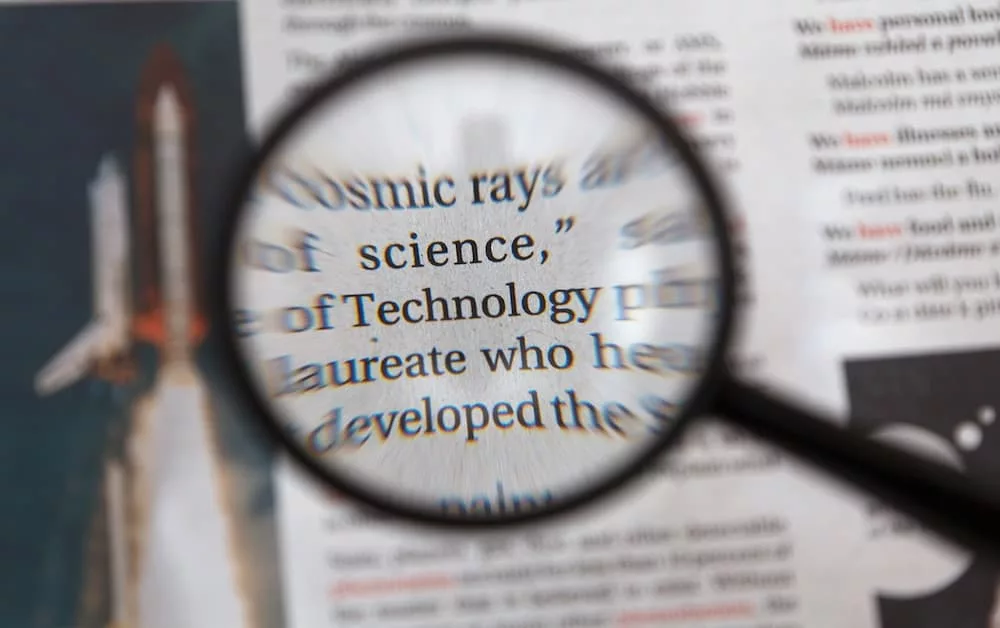Introduction
As our world becomes increasingly data-driven, the concept of data discovery has taken on greater importance. Today, companies and other organizations are constantly seeking ways to leverage data in order to drive progress, gain knowledge, and make better-informed decisions. Data discovery plays a critical role in this process, enabling organizations to explore and uncover valuable insights that may be hidden within their vast data stores. In this article, we will delve deeper into the nuances of data discovery, examining its significance and how it empowers decision-makers to base their choices on data-driven insights.
Understanding data discovery
Data discovery refers to the process of identifying, accessing, and analyzing relevant data insights from various data sources. It involves discovering patterns, trends, and relationships within the data to extract meaningful information. The data discovery process combines both manual exploration and automated techniques to uncover valuable data-driven insights.
Data discovery is not limited to a single methodology or approach. It encompasses a range of techniques and tools that facilitate the exploration of data. From descriptive statistics and data visualization to advanced analytics and machine learning, data discovery provides a multidimensional view of information.
History of data discovery
The data-gathering story resembles the gold rush story. During the early 1960s, statisticians and business analysts first described this method as data fishing, a negative term that describes early data mining conducted with no predetermined hypothesis. The process gained traction by the early 1990s as e-commerce began using data analytics for improved data analysis. Data discovery began with the introduction to the Canadian Data Mining and Knowledge Exploration (DME-95) in 1995 and became the focus at the university.
Manual data discovery
Before automation was invented, data scientists were forced to manually prepare, map, and analyze data. The use of AI and automated data mining helps accelerate these processes. Manual data discovery required analyzing data lines to repackage trends within datasets. The manual mapping and organization required extensive information about data classification and lineage at this stage.
The data discovery process
The process of exploring data is a crucial methodology that enables individuals to gain insights and make informed decisions. It involves analyzing vast amounts of information to identify patterns, trends, and relationships that may not be immediately apparent. This methodology is particularly useful in fields such as business, science, and healthcare, where data analysis plays a significant role in driving progress and identifying opportunities for improvement. By exploring data, individuals can make more informed decisions, evaluate the effectiveness of their strategies, and identify areas for improvement. Ultimately, exploring data is a powerful tool that can help individuals and organizations achieve their goals and drive success.
Data preparation phase
Data discovery begins with the data preparation phase, where data specialists collect and aggregate data from multiple sources. This phase involves cleansing, transforming, and structuring the data to ensure its quality and usability. Data cleaning involves identifying and rectifying errors, inconsistencies, and missing values in the data. Transformation involves converting data into a suitable format for analysis, while data structuring involves organizing the data in a logical and accessible manner.

Visual data discovery
Visual data discovery plays a crucial role in enabling business users to explore data intuitively and interactively. Data visualization tools empower users to visually navigate complex data sets, making it easier to identify patterns, outliers, and correlations. By representing data in the form of charts, graphs, and interactive dashboards, visual data discovery enhances understanding and facilitates data-driven decision-making.
Data visualization not only aids in data exploration but also serves as a powerful communication tool. It enables the presentation of complex information in a visually appealing and easily understandable format, facilitating effective knowledge sharing and collaboration.
Advanced analytics and data exploration
Data discovery goes beyond basic data analysis. It leverages advanced analytics techniques, such as machine learning and artificial intelligence, to uncover deeper insights and predictive models. These techniques enable businesses to uncover hidden patterns, detect anomalies, and make accurate predictions based on historical data.
Machine learning algorithms play a crucial role in data discovery by automating the process of uncovering patterns and relationships within the data. By training models on historical data, businesses can predict future outcomes, identify trends, and make data-driven decisions.
Data security and governance
As data discovery involves accessing and analyzing vast amounts of data, ensuring data security and governance is of paramount importance. Organizations must implement robust data governance strategies to protect sensitive data and comply with regulations like the General Data Protection Regulation (GDPR).
Data governance involves defining policies and procedures for data access, data sharing, and data usage. It also includes establishing data quality standards, ensuring data privacy and confidentiality, and implementing data security measures. By enforcing data governance practices, organizations can maintain data integrity, mitigate the risk of data breaches, and build trust with customers and stakeholders.
Why data discovery is important
Businesses rely on information every day, and data analysis is extremely variable. Few businesses have the bandwidth or expertise necessary to search out data in a variety of formats and in multiple formats to unlock all that is hidden in a piece of data. Data discovery is a process that investigates data with visual aids to enable businesses to better understand the data they have available.
Having a thorough knowledge of data discovery is crucial in today’s world, where data is king. It is the process of identifying and locating relevant data sets, which can then be used to gain valuable insights and make informed decisions. This involves analyzing and interpreting data from various sources, including databases, spreadsheets, and even social media platforms. Data discovery is a critical step in any data analytics project, as it helps ensure that the data used is accurate, relevant, and unbiased.
Empowering business users
Data discovery solutions are designed to cater to the needs of business users, enabling them to analyze data without extensive technical expertise. By providing user-friendly interfaces and intuitive tools, data discovery empowers business users to explore and derive insights from data independently.
Traditionally, data analysis and interpretation were confined to data scientists and IT professionals. However, data discovery democratizes data analysis, allowing business users to access and explore data directly. This user-oriented process promotes data-driven decision-making across all levels of the organization and fosters a data-driven culture.

Unveiling hidden insights
Data discovery helps uncover hidden insights that are often overlooked in traditional data analysis approaches. By combining customer data, internal business data, and external data sources, organizations can gain a holistic view of their operations and customers.
For example, in retail, smart data discovery solutions can reveal customer preferences, buying patterns, and correlations between different products. This information can be leveraged to optimize inventory management, personalize marketing campaigns, and improve customer satisfaction.
Enabling effective risk management
Data discovery enables organizations to identify and mitigate potential risks by examining data from various angles. By analyzing big data and unstructured data, businesses can identify patterns and anomalies that may indicate potential risks or opportunities. This proactive approach to risk management helps organizations stay ahead of challenges and make data-driven decisions to mitigate risks effectively.
For example, financial institutions can use data discovery techniques to detect fraudulent activities by analyzing transaction patterns and identifying suspicious behavior. Similarly, data discovery can help identify bottlenecks, optimize logistics, and improve operational efficiency in supply chain management.
Data discovery vs. data exploration
Data exploration is the first stage of analysis when the data scientist uses analytics and statistics to analyze a given data set. Data mining enables data scientists to see how many things have to be done within different databases. It helps the user develop an appropriate questioning process when retrieving information. Data discovery is used to find patterns of information. This way, data scientists will know how many questions they want answered. After obtaining information in sequence, the analysis will begin.
Data discovery use cases
When it comes to data discovery, there are various practical applications that can be beneficial for businesses and individuals alike. The potential uses of data discovery are vast and are likely to continue expanding as technology and data collection methods continue to evolve.

Business intelligence and decision-making
Data discovery is a cornerstone of business intelligence, enabling decision-makers to access complex data sets and derive valuable insights. By combining data from various sources and applying analytical techniques, businesses can make data-driven decisions, optimize operations, and gain a competitive edge.
For example, retail companies can use data discovery to analyze sales data, customer behavior, and market trends to identify new opportunities, optimize pricing strategies, and improve overall business performance. Similarly, in the financial industry, data discovery can be used to analyze market data, customer transactions, and risk factors to inform investment decisions, manage portfolios, and mitigate risks.
Healthcare analytics and personalized medicine
In the healthcare industry, data discovery plays a vital role in driving advancements in personalized medicine and improving patient outcomes. By analyzing patient data, electronic health records, and medical research, healthcare providers can identify patterns, correlations, and treatment responses to deliver more precise and targeted care.
Data discovery techniques can help healthcare professionals identify genetic markers, risk factors, and treatment effectiveness for specific diseases. This information can be used to develop personalized treatment plans, optimize medication regimens, and predict disease progression. Ultimately, data-driven healthcare analytics can save lives, reduce costs, and improve the overall quality of care.
Marketing and customer insights
Data discovery is a powerful tool in the realm of marketing and customer insights. By analyzing customer data, social media interactions, and market research, businesses can gain a deeper understanding of customer behavior, preferences, and sentiments.
Data discovery enables businesses to segment their customer base, identify target audiences, and tailor marketing campaigns accordingly. By leveraging insights derived from data discovery, businesses can improve customer engagement, optimize marketing strategies, and drive revenue growth.

Operational efficiency and process optimization
Data discovery can also be applied to enhance operational efficiency and process optimization across various industries. Organizations can identify inefficiencies, streamline processes, and drive cost savings by analyzing operational data.
For example, manufacturing companies can leverage data discovery to analyze production data, supply chain metrics, and quality control information to identify areas for improvement and optimize production processes. Similarly, in the transportation and logistics sector, data discovery can help optimize routes, improve delivery schedules, and reduce fuel consumption.
Conclusion
Data discovery is a powerful process that empowers organizations to unlock the potential of their data. By combining advanced analytics, visual data exploration, and user-friendly tools, businesses can gain valuable insights, optimize operations, and make informed decisions. Data discovery enables enhanced customer understanding, ensures data compliance, leverages big data and advanced analytics, and revolutionizes industries like healthcare, marketing, and risk management.
As data continues to grow exponentially, mastering the art of data discovery becomes essential for businesses to stay competitive and thrive in the digital age. By embracing data discovery and harnessing its capabilities, organizations can unlock hidden insights, drive innovation, and position themselves as leaders in their respective domains.




